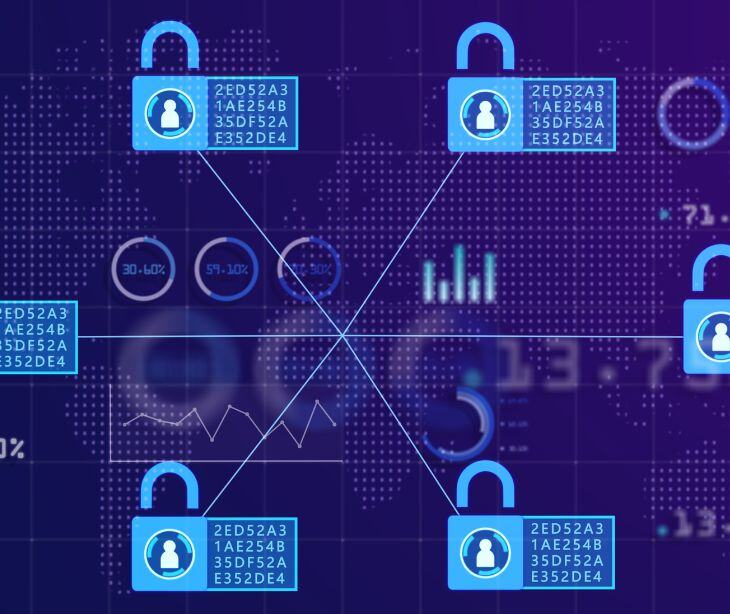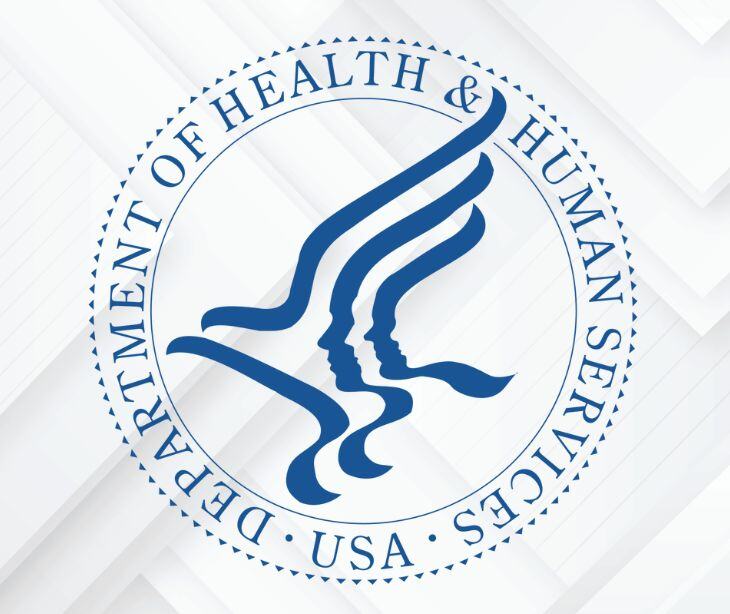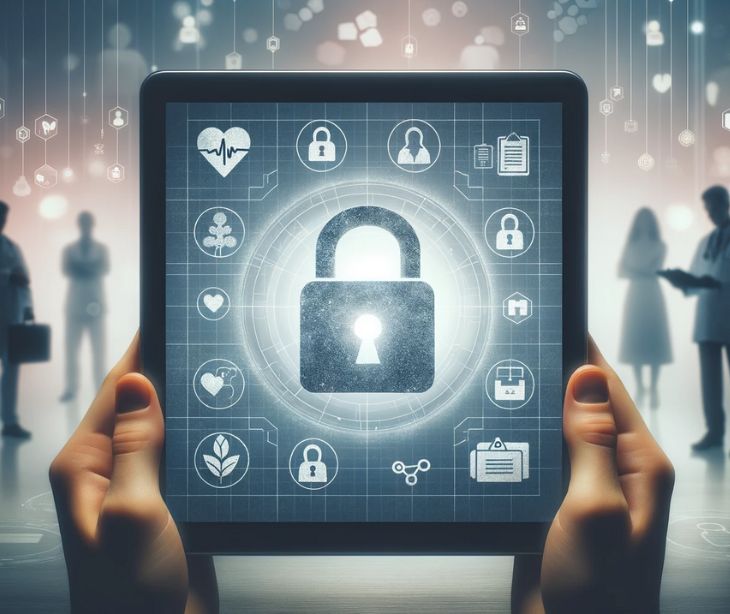
The U.S. Department of Health and Human Services has implemented new rules to penalize healthcare providers who block information, aiming to enhance patient access to electronic health information and improve care coordination.
What happened?
The U.S. Department of Health and Human Services (HHS) has released a final rule establishing disincentives for healthcare providers who engage in information blocking. This rule, under the 21st Century Cures Act, allows HHS to establish disincentives for providers who engage in practices that are unreasonable and likely to interfere with the access, exchange, or use of electronic health information (EHI), unless required by law or covered by an exception.
Learn more: Cures Act Information Blocking Rule explained
Going deeper
The key points of the disincentives include:
Disincentives for hospitals and critical access hospitals (CAHs):
- Hospitals or CAHs found guilty of information blocking will not be considered meaningful electronic health record (EHR) users for the relevant reporting period.
- These hospitals will lose three-quarters of the annual market basket increase, and CAHs will have payment reduced to 100% of reasonable costs instead of 101%.
- This disincentive takes effect 30 days after the rule's publication.
Disincentives for MIPS Eligible Clinicians:
- Clinicians found guilty of information blocking will receive a zero score in the Promoting Interoperability performance category, impacting a quarter of their total MIPS score.
- This disincentive applies individually, even if the clinician reports as part of a group.
- This disincentive takes effect 30 days after the rule's publication.
Disincentives for Accountable Care Organizations (ACO) Participants:
- ACOs and their participants found guilty of information blocking may be ineligible to participate in the Medicare Shared Savings Program for at least one year, impacting their potential revenue.
- CMS will consider various factors before applying this disincentive, which takes effect 30 days after the rule's publication but will be imposed after January 1, 2025.
What was said?
“This final rule is designed to ensure we always have access to our own health information and that our care teams have the benefit of this information to guide their decisions. With this action, HHS is taking a critical step toward a health care system where people and their health providers have access to their electronic health information,” HHS Secretary Xavier Becerra said in the HHS news release. According to Xavier Becerra, proper access and exchange of health information can enhance care coordination and efficiency. This leads to a more effective healthcare system that caters better to patients. However, ensuring patient privacy and preferences are safeguarded must remain paramount at all times - which is exactly what this rule aims to achieve.
In the know
The United States Congress enacted the 21st Century Cures Act on December 13, 2016 as a holistic piece of legislation. Its chief objectives are to hasten medical product development, expedite advancements and innovations for patients in an efficient manner, and enhance healthcare delivery.
Key components of the Act include:
- Research funding and assistance: The National Institutes of Health (NIH) receives significant financial backing to bolster medical research and support programs like the Precision Medicine Initiative and BRAIN Initiative.
- Approval of drugs and devices in an accelerated manner: The Act aims to expedite the time it takes for new therapies to reach the market by streamlining FDA processes in approving drugs and medical devices.
- Reforming mental health: The provisions encompass enhancements to mental health care, such as enhanced coordination of federal initiatives and amplified funding for services.
- Advancing interoperability and health information technology: To guarantee seamless sharing of electronic health records (EHRs) among healthcare providers, the Act emphasizes on enhancing interoperability in health information technology systems. This provision directly targets information blocking by forbidding actions that unreasonably obstruct or discourage the exchange of electronic health data.
- Accessing health information for patients: The Act guarantees improved accessibility for patients to their own health information, thereby enabling them to make more informed decisions about healthcare.
- Support for innovative treatments: It encourages the development of regenerative medicines and advanced therapies, providing a regulatory framework for their approval and use.
- Response to the opioid crisis: The Act provides funding to combat the opioid crisis and offers grants to states, assisting in their efforts towards prevention, treatment, and recovery.
See also: HIPAA Compliant Email: The Definitive Guide
Why it matters
The introduction of these disincentives under the HHS final rule is crucial for:
- promoting patient access to electronic health information (EHI),
- improving care coordination, and
- enhancing healthcare delivery efficiency.
By penalizing information blocking, the rule ensures patients can engage in their healthcare decisions and encourages seamless information exchange among providers, reducing redundant tests and enhancing treatment quality. It also pushes healthcare providers to adhere to health IT standards, promoting interoperability and effective use of electronic health records (EHRs) while balancing the protection of patient privacy and security.
The financial penalties linked to non-compliance create a strong motivation for adherence, aligning with the broader objectives of the 21st Century Cures Act to modernize the healthcare system, accelerate medical innovation, and improve patient care. Furthermore, fostering a transparent health information environment encourages innovation in health IT, ensuring legal and ethical obligations are met for the benefit of patients and the healthcare system.
FAQs
What is information blocking?
The term "information blocking" pertains to actions taken by healthcare providers, developers of health IT systems, and other entities that unreasonably hinder or discourage the access, exchange, or utilization of electronic health information (EHI), except as required by law or covered by a regulatory exception.
Go deeper: What is information blocking?
How does this rule align with the 21st Century Cures Act?
The rule supports the 21st Century Cures Act's goals of modernizing the healthcare system, accelerating medical innovation, improving patient care, and promoting the interoperability of health IT systems.
What measures are in place to protect patient privacy?
The rule emphasizes the protection of patient privacy and security while promoting the sharing of health information. Providers must balance the need for information access with ethical and legal obligations to safeguard patient data.
What measures are in place to protect patient privacy?
The rule emphasizes the protection of patient privacy and security while promoting the sharing of health information. Providers must balance the need for information access with ethical and legal obligations to safeguard patient data.
Subscribe to Paubox Weekly
Every Friday we'll bring you the most important news from Paubox. Our aim is to make you smarter, faster.



